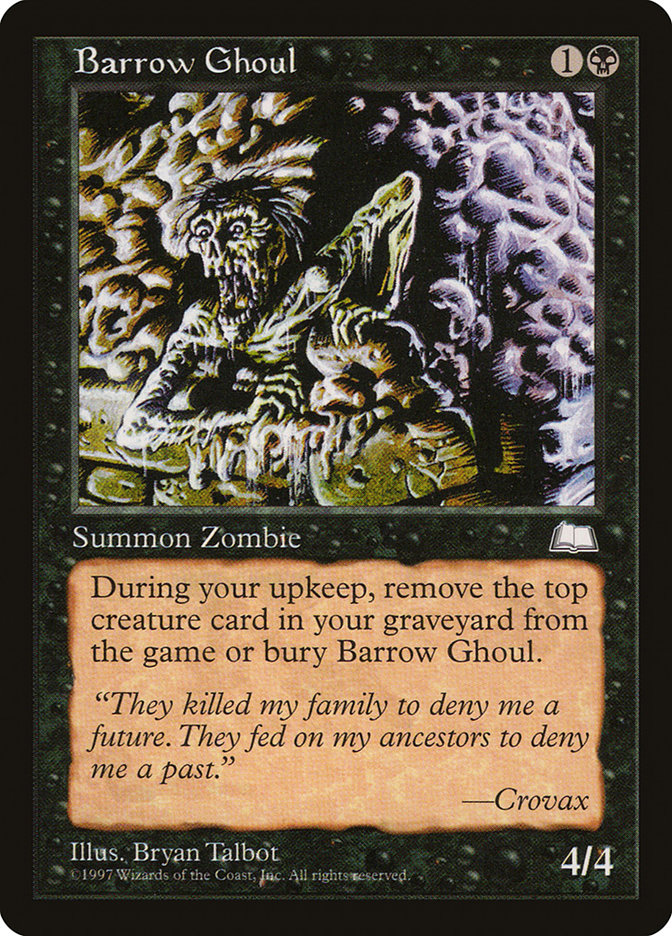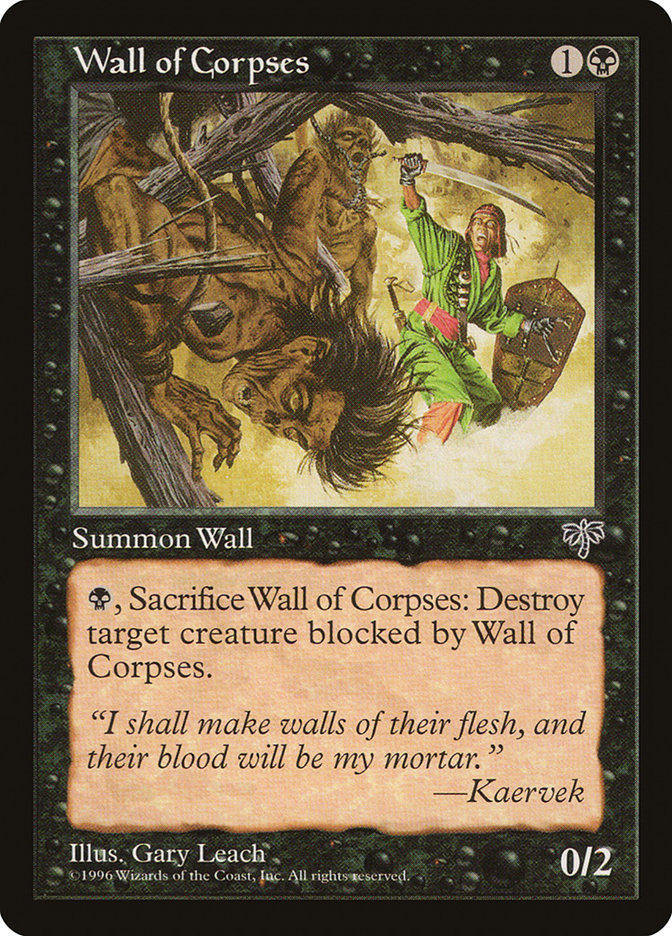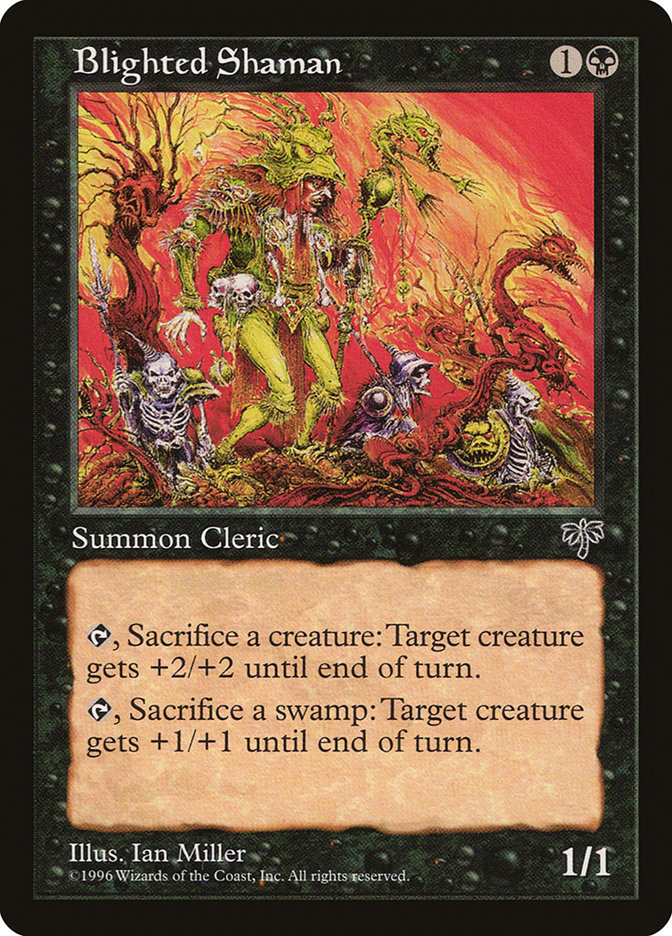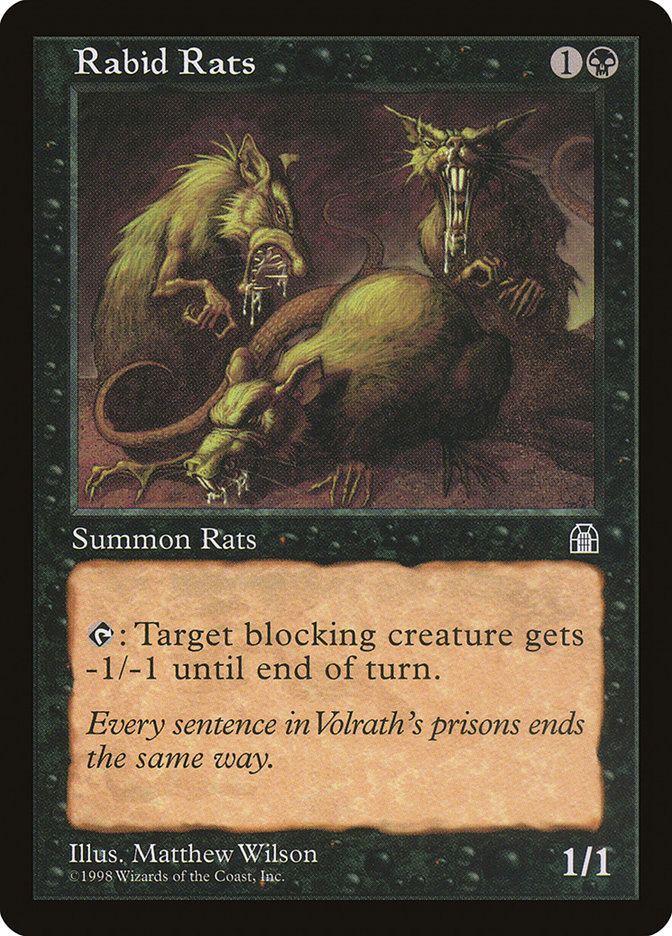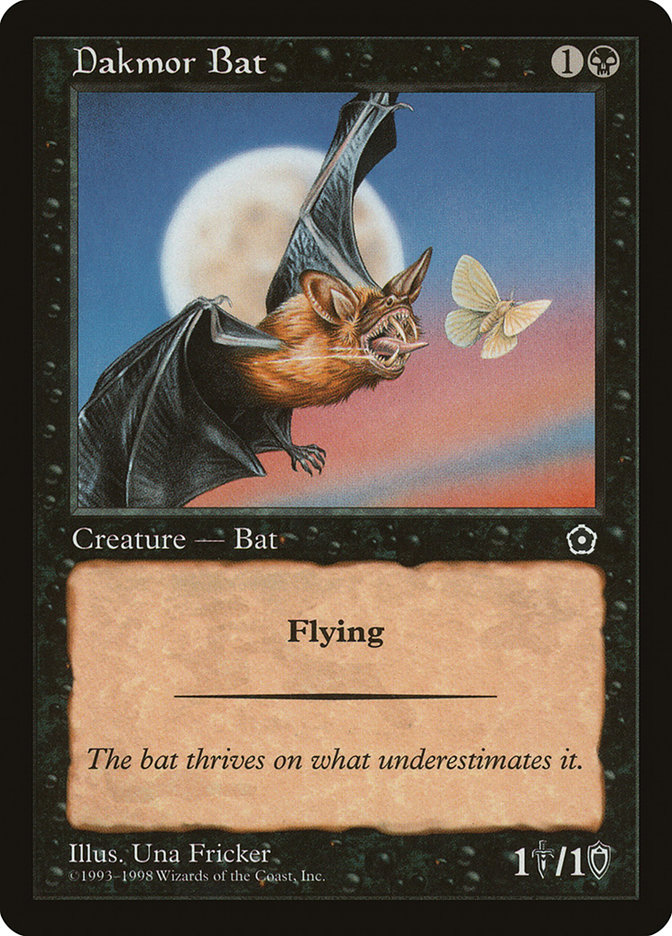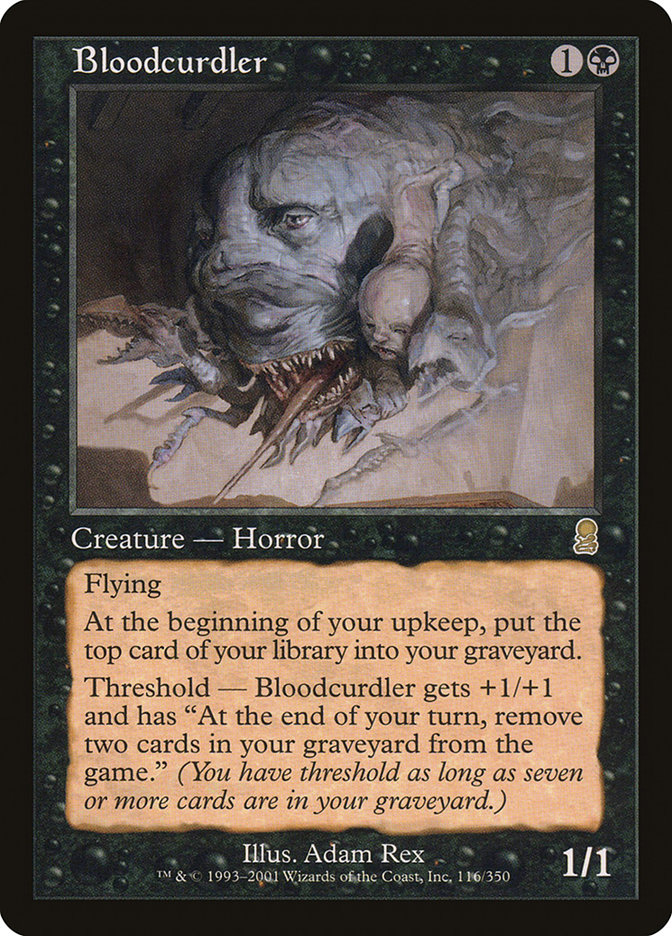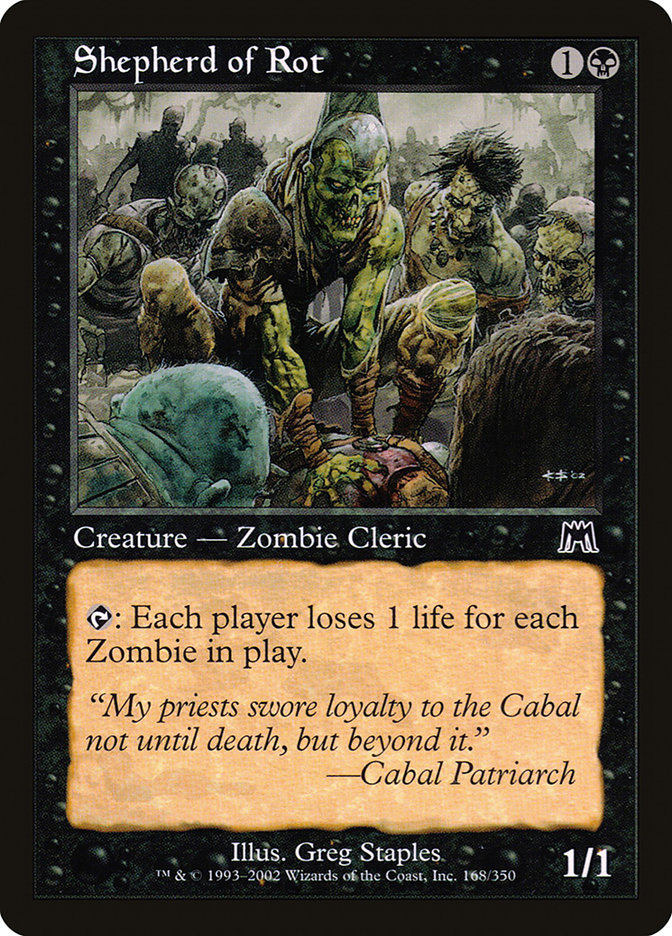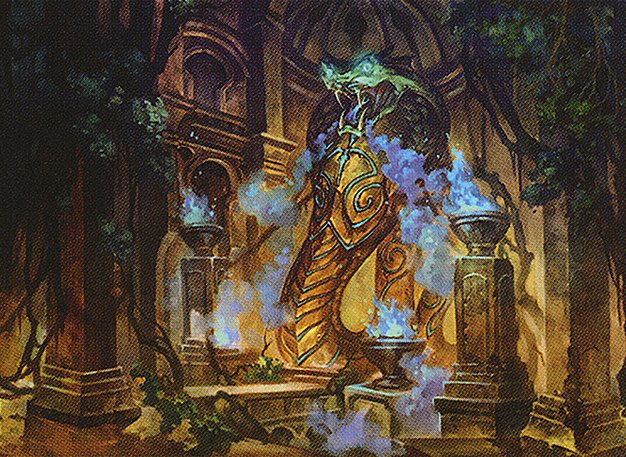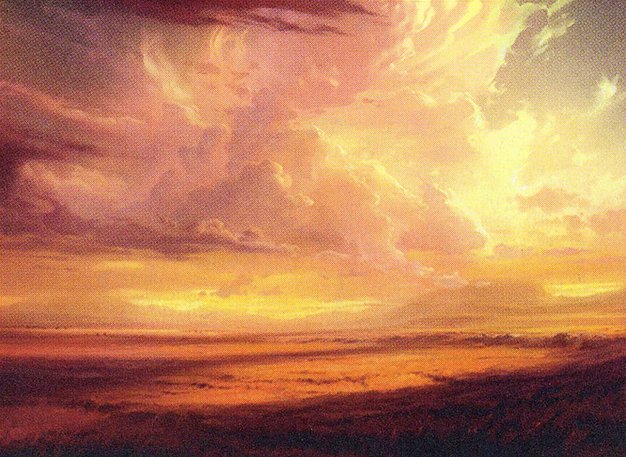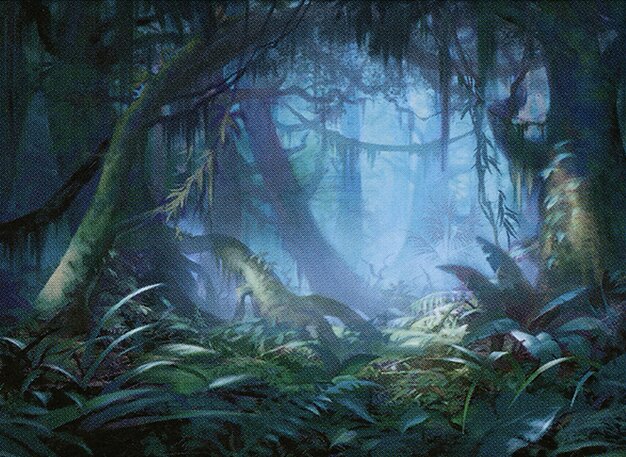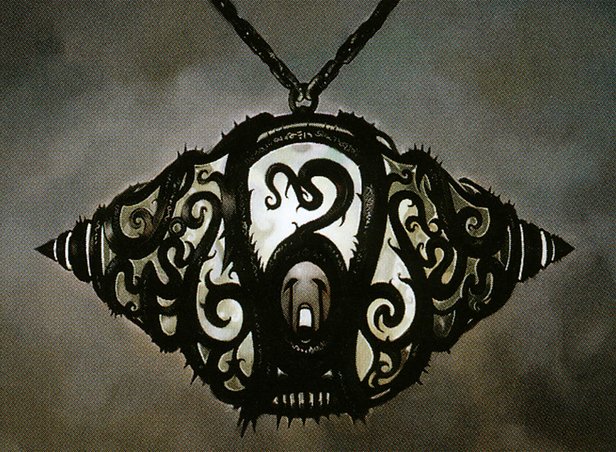Barrow Ghoul MTG Card
| Card sets | Released in 2 setsSee all |
| Mana cost | |
| Converted mana cost | 2 |
| Rarity | Common |
| Type | Creature — Zombie |
| Power | 4 |
| Toughness | 4 |
Key Takeaways
- Barrow Ghoul can offer card advantage by reusing graveyard creatures, elevating strategic depth in gameplay.
- Its specific mana cost and discard requirement limit versatility but can bolster mono-black and two-color decks.
- Graveyard management, like exile effects, is essential to tackle Barrow Ghoul and similar resurrection strategies.
Text of card
During your upkeep, remove the top creature card in your graveyard from the game or bury Barrow Ghoul.
"They killed my family to deny me a future. They fed on my ancestors to deny me a past." —Crovax
Card Pros
Card Advantage: Not typically known for card advantage, Barrow Ghoul can be part of a strategy utilizing the graveyard. Deploying creatures that you can resurrect later could effectively be seen as a form of card advantage, getting more value from the cards you’ve already played.
Resource Acceleration: Barrow Ghoul itself doesn’t provide direct resource acceleration. However, in synergistic decks, it’s low casting cost aids in curve smoothing, ensuring a more efficient utilization of mana.
Instant Speed: Although Barrow Ghoul operates at sorcery speed, its ability to rapidly enter the battlefield during your upkeep can offer surprise defensive capabilities. In formats where graveyard interactions are prevalent, this can disrupt opposing tactics expecting a more predictable graveyard.
Card Cons
Discard Requirement: Playing the Barrow Ghoul necessitates a significant strategic consideration as it requires you to discard another creature card from your hand. This demand can deplete your hand, leaving fewer options for future turns, which could be detrimental during critical moments of the game. Carefully weighing the cost of discarding a potential play for the benefit of summoning the Ghoul is crucial.
Specific Mana Cost: The Barrow Ghoul’s casting cost is strictly black mana which means it fits primarily into mono-black or specific two-color decks. This inflexibility can restrict deck diversity and make the card less appealing for players looking to build a multi-colored deck strategy. Those not running a black-centric theme may find the Ghoul incompatible with their mana base.
Comparatively High Mana Cost: With a casting cost that demands two black mana and one of any color, this creature’s entry to the battlefield is not as mana-efficient as other creatures with similar or better effects. When evaluating your game plan, the mana investment into summoning Barrow Ghoul could be a setback if not timed correctly, especially considering the pace and tempo of modern gameplay.
Reasons to Include in Your Collection
Versatility: Barrow Ghoul can seamlessly slot into any graveyard-focused deck as a reliable creature. It thrives in environments where creatures are regularly entering and leaving the graveyard, making it a solid pick for black-based strategies.
Combo Potential: This creature has great synergy with self-mill and sacrifice mechanics. It can be easily returned to your hand or the battlefield, pairing well with cards that capitalize on creature deaths or graveyard recursion.
Meta-Relevance: Given the popularity of graveyard manipulation in multiple formats, Barrow Ghoul could be a key player in certain metagames. It serves as both an enabler and beneficiary of a graveyard-heavy playstyle, which continues to be a potent archetype in MTG.
How to beat
Barrow Ghoul brings an intriguing twist to the battlefield in Magic: The Gathering. This creature card requires strategic foresight, often reanimating from graveyards and potentially lengthening the challenge for its defeated opponents. Yet, seasoned players know that the key to outmaneuvering Barrow Ghoul lies in timely graveyard disruption. Tactics such as employing cards like Tormod’s Crypt or Bojuka Bog can render Barrow Ghoul effectively harmless, by exiling it directly from the graveyard before it has a chance to make its dreaded return.
Moreover, keeping a watchful eye on graveyards and leveraging exile effects disrupt not only Barrow Ghoul but also any similar resurrection strategies. Utilizing instant-speed removal when Barrow Ghoul hits the board is another practical approach, ensuring it’s gone before it can become a recurring nuisance. Cards like Path to Exile or Sylvan Reclamation are excellent examples, allowing players to address the immediate threat and neuter the ghoul’s comeback capability.
To sum up, overcoming Barrow Ghoul in Magic: The Gathering hinges on a proactive stance on graveyard management. By including exile and removal tools in your deck, you can prevent Barrow Ghoul from overstaying its unwelcome and maintain control over the flow of the game.
Cards like Barrow Ghoul
Barrow Ghoul holds a distinct role within the suite of creature cards in Magic: The Gathering, inhabiting the realm of graveyard manipulation mechanics. Comparable to creatures like Restless Bones, which also returns from the graveyard to the hand for later use, Barrow Ghoul requires a slightly different trigger – specifically the player’s upkeep provided a creature was put into the graveyard from play the turn before. Restless Bones, conversely, offers more flexibility but at an increased mana cost.
Moving to another related card, we see Reassembling Skeleton. This creature similarly boasts the ability to reanimate itself, albeit directly onto the battlefield, presenting a recurring blocker or sacrifice outlet. While Reassembling Skeleton has an inherent advantage of a straight return from the graveyard, Barrow Ghoul’s lower initial casting cost gives it early game presence.
Assessing the characteristics of graveyard-centered creatures like Barrow Ghoul helps MTG players appreciate the strategic intricacies associated with timing and resource expenditure. Barrow Ghoul is an exemplar of graveyard strategies that hinge on cyclical utilization of creatures within the game.
Cards similar to Barrow Ghoul by color, type and mana cost
Where to buy
If you're looking to purchase Barrow Ghoul MTG card by a specific set like Weatherlight and The List, there are several reliable options to consider. One of the primary sources is your local game store, where you can often find booster packs, individual cards, and preconstructed decks from current and some past sets. They often offer the added benefit of a community where you can trade with other players.
For a broader inventory, particularly of older sets, online marketplaces like TCGPlayer, Card Kingdom and Card Market offer extensive selections and allow you to search for cards from specific sets. Larger e-commerce platforms like eBay and Amazon also have listings from various sellers, which can be a good place to look for sealed product and rare finds.
Additionally, Magic’s official site often has a store locator and retailer lists for finding Wizards of the Coast licensed products. Remember to check for authenticity and the condition of the cards when purchasing, especially from individual sellers on larger marketplaces.
Below is a list of some store websites where you can buy the Barrow Ghoul and other MTG cards:
- eBay
- TCG Player
- Card Kingdom
- Card Market
- Star City Games
- CoolStuffInc
- MTG Mint Card
- Hareruya
- Troll and Toad
- ABU Games
- Card Hoarder Magic Online
- MTGO Traders Magic Online
See Magic products
Printings
The Barrow Ghoul Magic the Gathering card was released in 2 different sets between 1997-06-09 and 1997-06-09. Illustrated by Bryan Talbot.
| # | Release | Name | Code | Symbol | Number | Frame | Layout | Border | Artist |
|---|---|---|---|---|---|---|---|---|---|
| 1 | 1997-06-09 | Weatherlight | WTH | 61 | 1997 | normal | black | Bryan Talbot | |
| 2 | The List | PLST | WTH-61 | 1997 | normal | black | Bryan Talbot |
Legalities
Magic the Gathering formats where Barrow Ghoul has restrictions
| Format | Legality |
|---|---|
| Commander | Legal |
| Legacy | Legal |
| Paupercommander | Legal |
| Oathbreaker | Legal |
| Pauper | Legal |
| Premodern | Legal |
| Vintage | Legal |
| Duel | Legal |
| Predh | Legal |
Rules and information
The reference guide for Magic: The Gathering Barrow Ghoul card rulings provides official rulings, any errata issued, as well as a record of all the functional modifications that have occurred.
| Date | Text |
|---|---|
| 2008-04-01 | If an effect or rule puts two or more cards into the same graveyard at the same time, the owner of those cards may arrange them in any order. |
| 2008-04-01 | If the creature is no longer on the battlefield when the ability resolves, you may still perform the action if you want. |
| 2008-04-01 | Players may not rearrange the cards in their graveyards. This is a little-known rule because new cards that care about graveyard order haven’t been printed in years. |
| 2008-04-01 | Say you’re the owner of both a permanent and an Aura that’s attached to it. If both the permanent and the Aura are destroyed at the same time (by Akroma’s Vengeance, for example), you decide the order they’re put into your graveyard. If just the enchanted permanent is destroyed, it’s put into your graveyard first. Then, after state-based actions are checked, the Aura (which is no longer attached to anything) is put into your graveyard on top of it. |
| 2008-04-01 | The last thing that happens to a resolving instant or sorcery spell is that it’s put into its owner’s graveyard. —Example: You cast Wrath of God. All creatures on the battlefield are destroyed. You arrange all the cards put into your graveyard this way in any order you want. The other players in the game do the same to the cards that are put into their graveyards. Then you put Wrath of God into your graveyard, on top of the other cards. |
| 2008-04-01 | The “top” card of your graveyard is the card that was put there most recently. |
| 2008-04-01 | When the ability resolves, you choose whether to sacrifice the creature or perform the other action. If you can’t perform the other action, then you must sacrifice the creature. |
